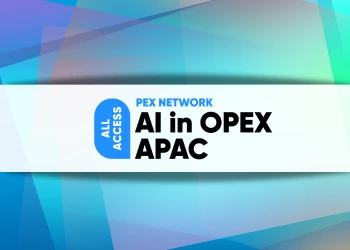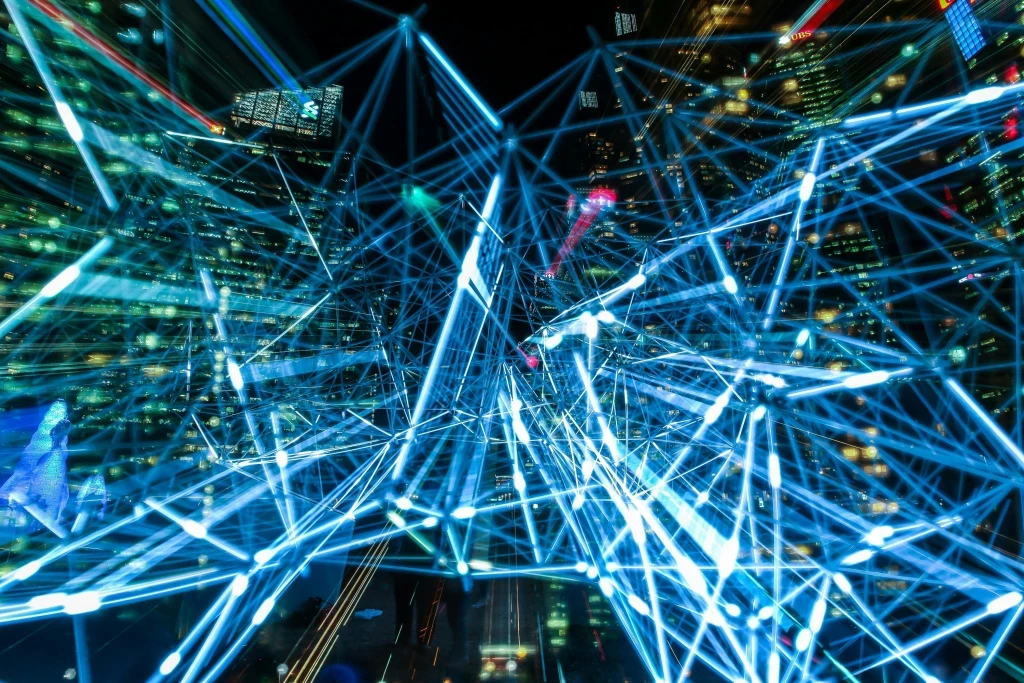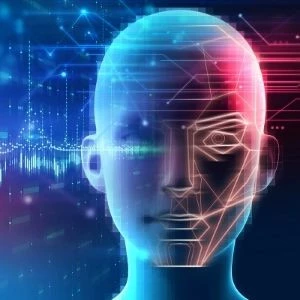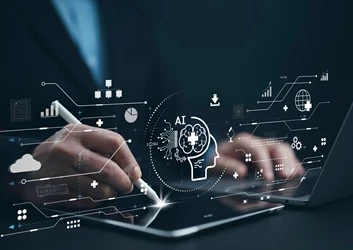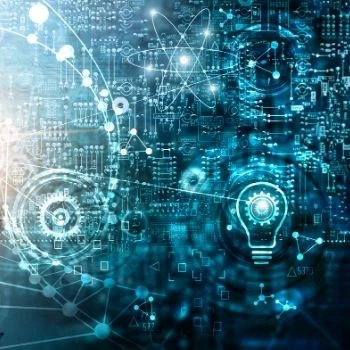What is Ambient Computing?
The next stage in a world of Internet of Things, ambient computing is about what we can learn from a world of data.
Add bookmark
Ambient Computing is a term used to describe the ever-growing trend of integrating computing devices into our everyday lives. As the definition of the word 'ambient' implies, ambient computing refers to technology that is immersed in your surroundings, ready to help without any prompting. For example, instead of having to turn down the temperature, a smart thermometer can automatically adjust based on learned patterns.
While ambient computing is different to IoT, it is still intrinsically linked, as all devices connected to the Internet of Things (IoT) form the basis of our ambient computing future. Whilst IoT is a broad term describing the interconnectivity of objects such as cars, homes, clothing, and animals via the internet, ambient computing is what happens when these devices are connected, and more so, what they learn from each other. As more and more devices are connected to each other via the cloud and provide us with greater amounts of useful data, the potential for innovation expands exponentially.
Big Tech's Big Adoption
Indeed, ambient computing is becoming a central tenet of Big Tech’s outlook. As a spokesperson from Amazon told Tech Monitor recently, the philosophy behind ambient computing is “core to the vision for all our devices and services”.
Google believes the same thing. Rick Osterloh, Google's SVP of Devices and Services, said during Google's I/O 2022 keynote that: "In a multi-device world, people don't want to spend their life fussing with technology. An ambient approach gets the tech out of your way so you can live your life while getting the help you need. It doesn't matter what device you're using, what context you're in, or whether you're talking, typing, or tapping. The technology in your life works together seamlessly." Ambient computing, he goes on to explain would see users’ devices “work together with services and AI, so help is anywhere you want it, and it’s fluid. The technology just fades into the background when you don’t need it.”
Technology Indistinguishable From Magic
This data from these devices can be used to determine all manner of things, be that how to save energy in your home or by creating personalized recommendations for you based on the way you live your life. The implications of these devlopments for businesses are enormous. Businesses can harness this data to create more targeted offers for their consumers and make business decisions that benefit their bottom line. Not surprisingly, this extra insight can also be used to improve their products to better serve their customers.
In an ambient computing environment, wearable technologies like smartwatches are empowered to gather information about the consumer’s environment and behaviour in order to make real-time decisions on their behalf – such as ordering a cup of coffee when they are on their way to work. Wearable devices like these are also be able to identify patterns in their user’s habits and behaviours and use this information to make recommendations that can help them live a healthier lifestyle. This type of predictive analysis has the potential to unlock significant value for companies that wish to use data collected from consumers to develop more targeted products and services.
In ambient computing then, lie expansive possibilities and the potential for the wide-ranging impact of compelling scenarios in industries such as retail, manufacturing, healthcare and the public sector. As sensor technology continues to thrive, and as we have seen in the rapid adoption of technologies such as smart speakers, ambient computing is fast approaching ubiquity. As Royston Seaward, NSE Marketing & Commerce Leader at Deloitte notes, "There are three jigsaw pieces in ambient computing: a sensor that is a trigger, there's a stream of data, and a CPU that can process that data." The sensors are there already, and to the same degree, so is the data, but how can we process it all in a way that makes this technology seem like magic?
According to IBM, one of the main pillars of an ambient computing strategy should be edge processing – essentially, making sense of all the data that is being generated at the network edge as it flows from mobile devices and other Internet of Things (IoT) devices to data centres. This approach will have a number of benefits, including enabling organisations to deploy applications without latency, improving bandwidth utilisation by reducing the number of devices required to meet demand, and allowing organisations to collect data at the point of collection rather than in a centralised location (read our edge computing guide here).
In any case, it is time to begin thinking less in terms of IoT and more in terms of lessons which can be gleaned via ambient computing. Enterprises are now well equipped for such a future, and the accelerating nature of data analytics will bring it closer still.





